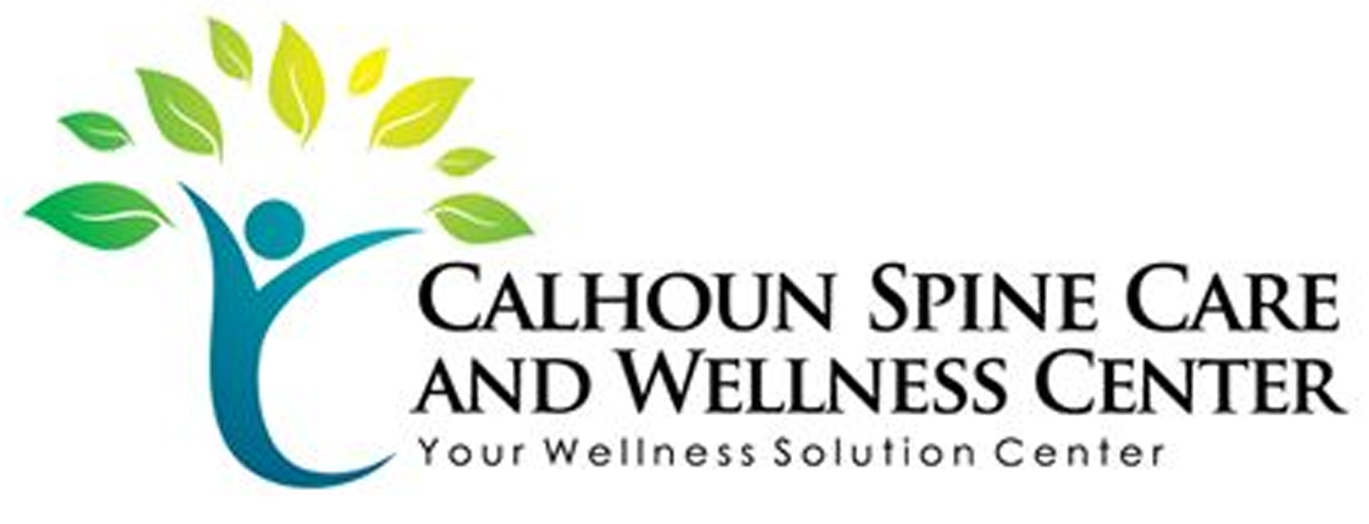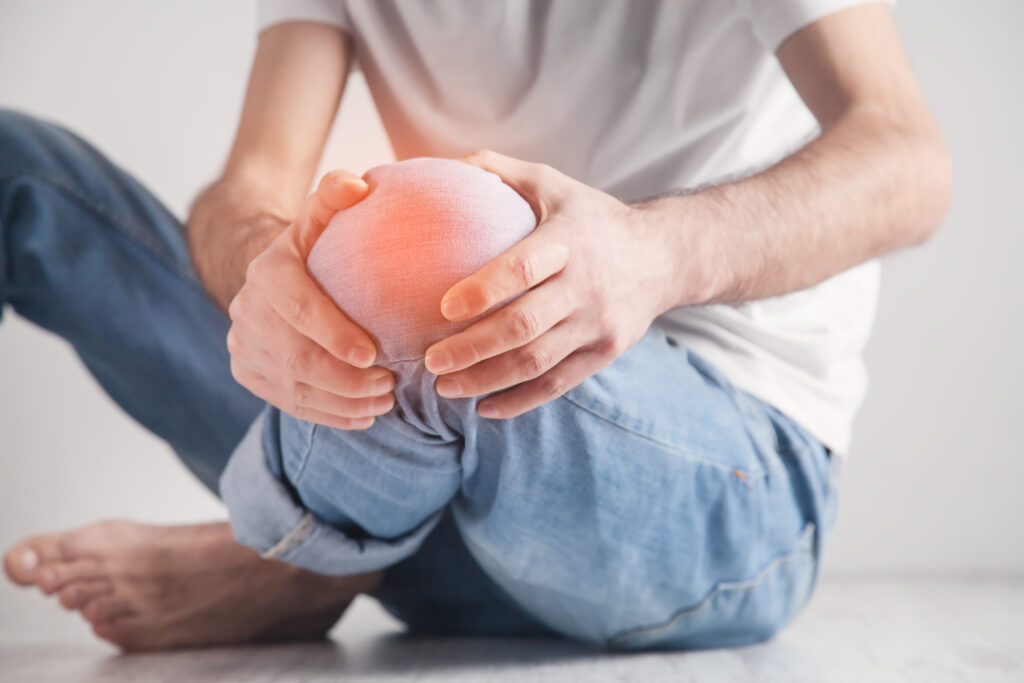When you're facing a sports injury in Calhoun, it's essential to approach recovery with a strategic mindset. You might find that prioritizing rest and engaging with healthcare professionals can set the foundation for effective healing. Incorporating physical therapy could enhance your strength and mobility, while pain management strategies might ease your discomfort. But what about the other important steps that can make a significant difference in your recovery journey? Understanding these methods could be the key to getting back on your feet faster than you think.
Rest and Recovery
When you sustain a sports injury, it's vital to prioritize rest and recovery to guarantee a successful comeback. Skipping this important phase can lead to prolonged pain or even reinjury, so don't underestimate its significance. Your body needs time to heal, and giving yourself that time is the best decision you can make.
Start by listening to your body. If you feel pain, it's a sign that you need to back off. Rest doesn't mean total inactivity; instead, focus on gentle movements or alternative activities that don't strain the injured area.
Ice can help reduce swelling and discomfort, so apply it for 15-20 minutes several times a day.
Hydration plays a key role in recovery as well. Keep your body well-hydrated to support cellular repair and reduce inflammation.
Don't forget about nutrition; fueling your body with the right vitamins and minerals can greatly speed up the healing process. Foods rich in protein, omega-3 fatty acids, and antioxidants should be part of your diet.
Sleep is another vital component. Aim for 7-9 hours of quality sleep each night to allow your body to regenerate.
Create a restful environment and establish a bedtime routine to improve your sleep quality.
Physical Therapy Options
When recovering from a sports injury, exploring physical therapy options can be essential.
You might benefit from manual therapy techniques to relieve pain and improve mobility, alongside targeted exercise rehabilitation programs to strengthen your body.
These strategies can help you regain your strength and get back to your favorite activities faster.
Manual Therapy Techniques
Manual therapy techniques play an essential role in sports injury recovery, as they can effectively alleviate pain and restore mobility. These hands-on methods, performed by skilled professionals, can include techniques like soft tissue mobilization, joint manipulation, and myofascial release. Each of these approaches targets specific areas of discomfort, aiming to decrease tension, improve circulation, and enhance the range of motion.
When you undergo manual therapy, you'll often experience immediate relief from tightness and soreness. It helps break down scar tissue and promotes healing in the injured area. Your therapist will assess your condition and tailor the techniques to your individual needs, ensuring a personalized approach.
Additionally, manual therapy can complement other treatment modalities, such as modalities or rehabilitation exercises, providing a thorough recovery plan. Regular sessions can make a significant difference in your overall recovery timeline, allowing you to return to your favorite activities more quickly.
If you're dealing with a sports injury, consider incorporating manual therapy into your recovery regimen. It's an effective way to address pain and regain mobility, setting you on the path to a full recovery. Don't hesitate to consult a qualified therapist to start your healing journey.
Exercise Rehabilitation Programs
After experiencing the benefits of manual therapy, you might find that incorporating exercise rehabilitation programs can further enhance your recovery from a sports injury. These programs focus on restoring strength, flexibility, and function through targeted exercises tailored to your specific injury and goals.
Physical therapists often design individualized plans that gradually increase in intensity, ensuring you're challenged without risking further injury. You'll engage in various exercises, including stretching, resistance training, and balance work, aimed at rebuilding your muscle strength and improving joint stability.
Moreover, these programs help you regain confidence in your body, making it easier to return to the sports you love. Regular assessments by your therapist allow them to adjust your program based on your progress, ensuring continued improvement.
In addition, exercise rehabilitation can improve your overall physical condition, which may prevent future injuries. Staying active is key, and these programs not only aid your recovery but also enhance your performance.
Ice and Compression Techniques
Often, athletes rely on ice and compression techniques to effectively manage sports injuries and reduce swelling. These methods are essential in the acute phase following an injury, as they help minimize tissue damage and alleviate discomfort.
When using ice, aim to apply it within the first 48 hours after the injury. You can use an ice pack, a bag of frozen peas, or even ice wrapped in a cloth. Apply the ice for about 15 to 20 minutes every hour, making sure you take breaks in between to prevent frostbite.
Remember, never place ice directly on your skin.
Incorporating compression into your recovery routine can further enhance the benefits of icing. Compression helps limit swelling and provides support to the injured area. You can use elastic bandages or compression sleeves, adjusting the tightness to make sure it's snug but not so tight that it cuts off circulation.
Combine both ice and compression for best results. For instance, you might apply ice for 15 minutes, then wrap the area with a compression bandage.
Make sure to check the area regularly for any signs of increased swelling or numbness, which could indicate that the compression is too tight.
Pain Management Strategies
When dealing with a sports injury, finding effective pain management strategies is fundamental for a smooth recovery. First, consider over-the-counter pain relievers like ibuprofen or acetaminophen. These medications can help reduce both pain and inflammation, allowing you to engage in rehabilitation activities more comfortably.
Always follow the recommended dosages and consult a healthcare professional if you're unsure.
Next, physical therapy plays an essential role in managing pain. A qualified therapist will tailor exercises to your specific injury, helping to strengthen the affected area and improve mobility. This process not only alleviates pain but also prevents future injuries.
In addition, you might explore alternative pain management methods such as acupuncture or massage therapy. These techniques have been shown to promote relaxation and increase blood flow, which can aid in pain relief.
Make sure to choose a licensed practitioner who understands sports injuries.
Mind-body practices like meditation or yoga can also be beneficial. They help you manage stress and anxiety that often accompany pain, promoting a sense of overall well-being. Incorporating deep breathing exercises or mindfulness techniques can further enhance your pain management efforts.
Finally, don't underestimate the importance of rest. Allowing your body the time it needs to heal is crucial in any recovery process.
Nutritional Support for Healing
Proper nutrition is essential for healing from a sports injury, as it provides your body with the necessary nutrients it needs to recover effectively. When you're injured, your body requires extra calories and specific nutrients to repair tissues, reduce inflammation, and support overall recovery.
Focus on incorporating plenty of protein into your diet, as it's important for muscle repair and growth. Foods like lean meats, fish, eggs, beans, and legumes are excellent sources. Aim for a balance of healthy fats, too, such as avocados, nuts, and olive oil, which can help reduce inflammation.
Don't forget carbohydrates; they're your body's primary energy source. Whole grains, fruits, and vegetables not only provide energy but also supply essential vitamins and minerals. These nutrients play a significant role in your immune system, helping prevent further illness that could hinder your recovery.
Hydration is another key component. Drinking enough water is necessary for maintaining optimal bodily functions and flushing out toxins. Consider incorporating electrolyte-rich drinks if you're sweating or feeling dehydrated.
Lastly, consider adding supplements if needed, but consult a healthcare professional first. Vitamins C and D, along with zinc, can boost healing and immune function.
Stretching and Flexibility Exercises
Stretching and flexibility exercises play an important role in your recovery from a sports injury, as they help improve range of motion and prevent stiffness in affected areas. Incorporating these exercises into your routine can greatly enhance your healing process. When you stretch, you're promoting blood flow to the injured area, which helps to deliver essential nutrients and oxygen necessary for recovery.
Start with gentle stretches, focusing on the specific muscles and joints affected by your injury. It's important to listen to your body; if something feels painful, ease off and modify your approach. Gradually increase the intensity and duration of your stretches as your body adapts and begins to heal. Aim for a mix of static stretches, where you hold a position for a set time, and dynamic stretches, which involve controlled movements.
Consistency is key. Aim to incorporate stretching into your daily routine, even if it's just for 10-15 minutes. This commitment not only aids in recovery but also helps prevent future injuries by improving overall flexibility and balance.
Consider using props like resistance bands or foam rollers to assist in deeper stretches or to target specific muscle groups.
Don't forget to breathe deeply and relax during your stretches. This can enhance your overall experience and help manage any tension in your muscles.
Gradual Return to Activity
As you start getting back into your routine, it's essential to listen to your body's signals.
Don't rush; instead, focus on gradually increasing your activity's intensity.
This approach helps prevent setbacks and guarantees a smoother recovery.
Listen to Your Body
Listening to your body is essential during the gradual return to activity after an injury. It's your best guide for determining what you can handle and when to push yourself. Ignoring signs of discomfort can lead to setbacks, so pay attention to how you feel.
Here are some key signs to monitor:
- Pain Level: If you experience pain during or after activity, it's a signal to slow down.
- Fatigue: Feeling unusually tired or worn out could indicate you're overdoing it—take a break.
- Swelling: Any swelling around the injury site means you should ease off and allow for recovery.
- Mobility: If your range of motion feels restricted, it's a cue to back off until you regain flexibility.
Increase Intensity Gradually
Once you've tuned into your body's signals and established a baseline for recovery, it's time to start increasing the intensity of your activities.
Begin by reintroducing low-impact exercises that promote strength and flexibility. This could be light jogging, swimming, or cycling—anything that feels manageable.
Pay attention to how your body responds during and after these activities. If you feel pain or discomfort, scale back immediately. It's essential to progress slowly; aim for about a 10-20% increase in intensity each week. This gradual approach helps prevent re-injury and allows your body to adapt properly.
Incorporate strength training to support your recovery, focusing on the muscles around the injured area. Use resistance bands or light weights, and prioritize form over the amount of weight lifted.
Moreover, don't forget to balance your workouts with rest days. Adequate recovery is just as important as the workouts themselves.
If you stay attentive to your body's feedback and adjust your activities accordingly, you'll be on the right path to a safe and effective return to your sport. Stay patient, and remember, recovery is a journey, not a sprint.
Cross-Training Alternatives
Cross-training alternatives provide an effective way to maintain fitness while recovering from a sports injury. These activities can help you stay active without aggravating your injury, allowing you to maintain strength, endurance, and flexibility.
Here are four cross-training options to evaluate during your recovery:
- Swimming: The buoyancy of water supports your body, reducing strain on joints while providing a full-body workout. It's great for building cardiovascular fitness and strength without impact.
- Cycling: Whether on a stationary bike or outdoors, cycling is a low-impact exercise that enhances leg strength and endurance. Adjust the resistance to keep your workout challenging without risking injury.
- Yoga: This practice improves flexibility, balance, and core strength. It also promotes relaxation and can help alleviate stress during your recovery process. Choose gentle styles that focus on restorative poses.
- Elliptical Training: Using an elliptical machine mimics running without the impact. It's a fantastic way to keep your heart rate up while providing a low-impact workout for your legs.
Incorporating these cross-training alternatives into your routine can help you maintain your fitness level while allowing your injury to heal.
Always listen to your body and consult with a healthcare professional to determine the best options for your specific situation. By staying active with these alternatives, you'll be better prepared to return to your sport stronger than ever.
Mindfulness and Mental Health
When you're recovering from a sports injury, building mental resilience is just as important as physical healing.
Techniques like visualization can help you focus on your recovery and boost your motivation.
Mental Resilience Techniques
Recovering from a sports injury can be just as challenging mentally as it's physically. It's essential to build mental resilience during your recovery journey. Here are some effective techniques to help you stay strong:
- Practice Mindfulness: Take a few minutes each day to focus on your breath and stay present. This can reduce anxiety and help you manage stress.
- Set Realistic Goals: Break your recovery into small, achievable objectives. Celebrating these milestones can boost your motivation and confidence.
- Stay Connected: Lean on your support system—friends, family, and teammates. Sharing your thoughts and feelings can help lighten your emotional load.
- Maintain a Positive Mindset: Focus on what you can control. Remind yourself that setbacks are a part of the process, and maintaining a positive outlook can accelerate your recovery.
Using these techniques not only helps in coping with the mental strain of an injury but also enhances your overall well-being.
Visualization for Healing
Harnessing the power of visualization can greatly enhance your healing process after a sports injury. By creating mental images of your recovery, you'll not only stay motivated but also help your body heal more effectively. Picture yourself overcoming pain and regaining strength; this mental rehearsal can activate the same neural pathways as physical practice.
Take a few minutes each day to close your eyes, breathe deeply, and visualize your injury healing. Imagine the tissues repairing, the pain fading, and your body moving freely again. This technique can help reduce stress and promote a positive mindset, which is essential for recovery.
Additionally, consider incorporating guided imagery or meditation into your routine. These practices can further enhance your focus and relaxation, allowing you to visualize your goals more vividly.
A strong mental picture of your recovery can empower you to push through challenges and stay committed to your rehabilitation.
Consult With Healthcare Professionals
Consulting with healthcare professionals is essential for a successful sports injury recovery.
Whether you're dealing with a sprain, strain, or more serious injury, getting the right guidance can make all the difference.
Here's how healthcare professionals can aid your recovery:
- Accurate Diagnosis: They can provide a precise diagnosis, which is vital for understanding the nature of your injury and the best course of action.
- Tailored Treatment Plans: Professionals develop individualized treatment plans that align with your specific condition and recovery goals, helping you heal more effectively.
- Rehabilitation Guidance: Physical therapists and trainers can assist with rehabilitation exercises that gradually restore strength and flexibility, ensuring you return to your sport safely.
- Preventive Strategies: They can also suggest preventive measures to avoid future injuries, such as proper warm-up routines and techniques.
Conclusion
Recovering from sports injuries in Calhoun isn't just about healing physically; it's a holistic process. By prioritizing rest, engaging in physical therapy, and managing pain effectively, you can pave the way for a smoother recovery. Don't forget the importance of nutrition and mindful practices to support your mental well-being. As you gradually return to activity and explore cross-training, remember to consult with healthcare professionals to guarantee you're on the right track. Your journey to recovery starts now!



